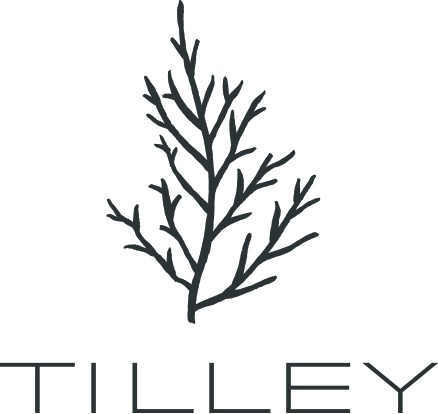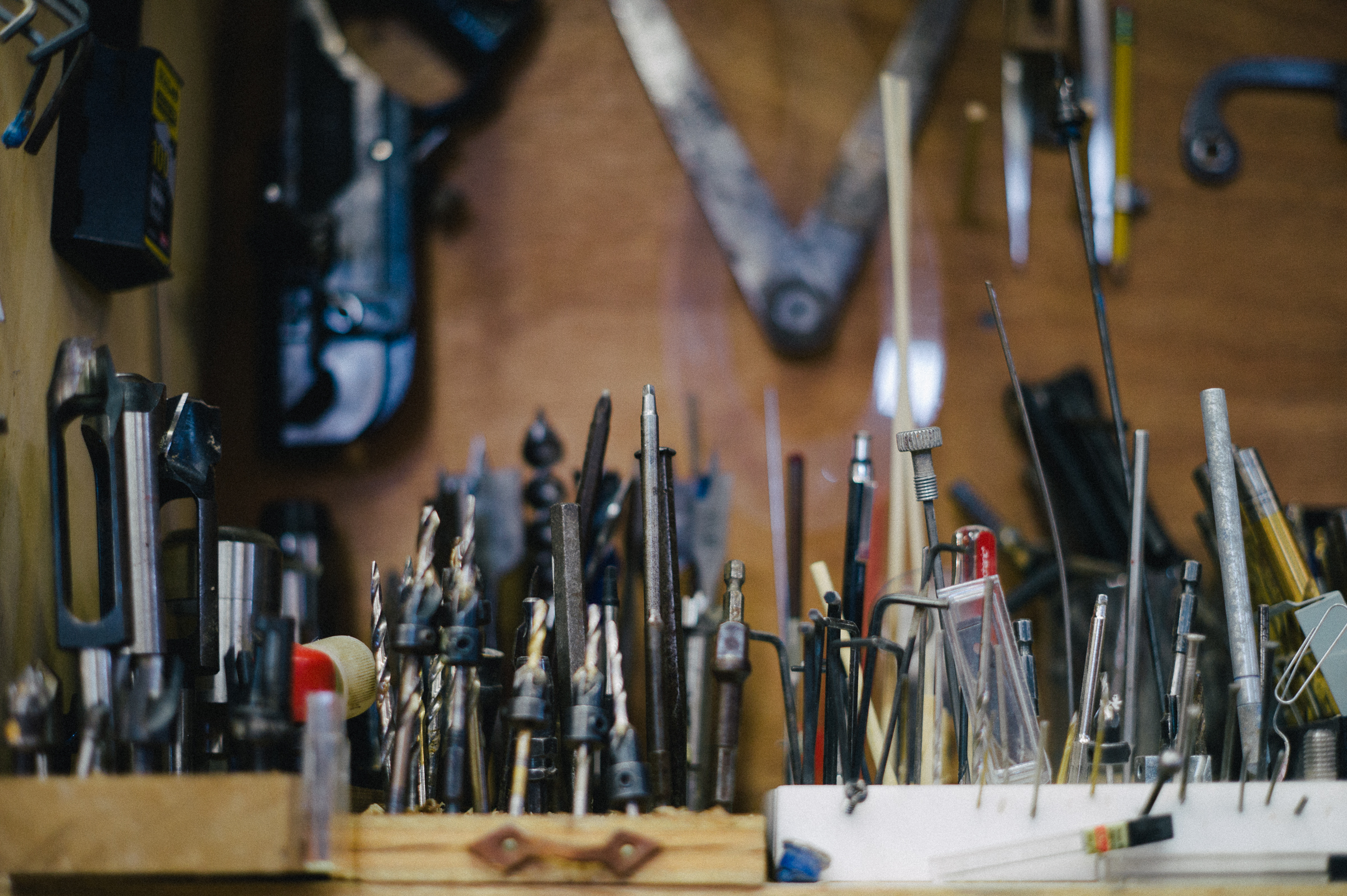build
The core of the board is a hand shaped EPS (expanded polystyrene) blank. I cut my own blanks with templates that give me precise control of rocker, foil, and outline. The deck and bottom, or 'skins' are not a thin veneer, they are solid wood, custom milled to between 1/8" and 1/16" depending on wood species and location (deck or bottom). These skins are applied with lightweight glass and nylon under the wood. I use 4oz glass applied to the outside and fully wrap the rails top and bottom. I use very low voc epoxy and post cure it (heated for a length of time) to give additional strength. The resulting board is a very strong composite sandwich. The wood, layered between fiberglass, forms an I-beam like structure. The board does not heel dent and pressure ding like a traditional board. Solid wood nose, and tail blocks are added to prevent the little dings that always plague these areas. Solid wood rails add durability and look awesome.
I primarily use Red Cedar, Lombardy Poplar, Port Orford Cedar, and Redwood. These woods are used because they are light weight and they grow locally. All of the woods are either reclaimed, locally milled, or cabinet shop scraps. You will find small stripes and leash loops made out of exotics like Mahogany. These are cabinet shop off-cuts or local second hand finds. Epoxy resin is far less toxic than polyester resin, plus less resin and glass are used compared to an all glass board. The wood and composite-sandwich nature of the construction allow for this reduction in fiberglass.
The resulting board has a unique lively ride, uses less toxic materials than a traditional board, and looks good enough to hang on the wall even after years of surfing. In the long run, a more economical surfcraft.
Click any image to see a big slideshow


























